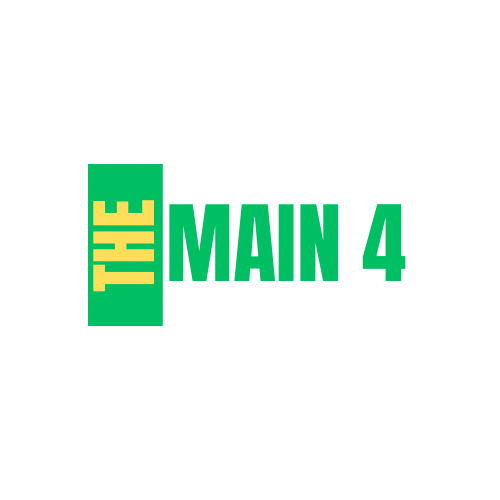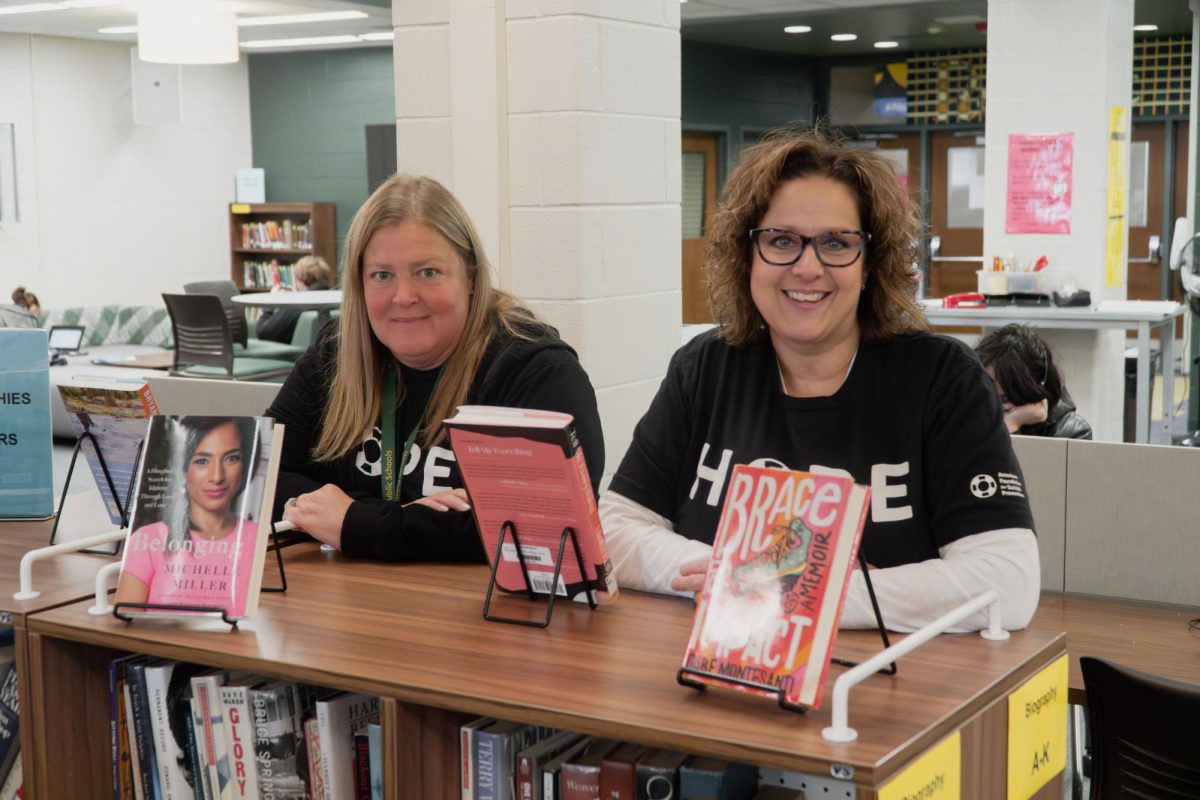I joined Howell High School’s student newspaper on accident. When my creative writing teacher asked me if I wanted to take the Advanced Journalism class, I said “sure” without thinking. On the first day of school, I walked into the classroom and heard, “Welcome to the Main Four.”
The Main Four student newspaper at HHS is run primarily by students. We brainstorm ideas, set up interviews, and edit each other’s stories. Our teacher, Mrs. Luann Haskins, makes sure the publication is running smoothly, helps people get on track, and does the final editing of our stories.
With six editors, one editor in chief, and 17 staff writers, it’s our job to track down and document stories for HHS and the community. While I’m new to the world of amateur journalism, there are aspects of this class that I’ve noticed after taking it for only eight weeks.
One of the benefits of the journalism class is that it teaches communication skills. For almost every story we write, we need to have quotes to go along with it. This means each week I’m talking to teachers, students, and other community members that I’ve never met before. Walking up to a stranger and asking them questions is not something that I would usually be comfortable with. But because I know I need to write an article, and that what they say will help me do so, talking to people has become a lot less nerve-wracking.
Taking journalism has impacted my grades. All the writing I do for journalism has made writing in my other classes easier. Words flow better and ideas come faster, which has made my grades jump up. Statistically, this is common for students who take journalism. According to the American Press Institute website, when a student takes Journalism in high school, their grades in English, math, social studies, science, foreign language, and art increase dramatically. Scores on the ACT and early college grade point averages are also likely to increase.
Journalism has made me manage my time better. Almost all the writing is done outside of school. We get our stories on Monday, rough drafts are due Friday and final drafts are due the following Monday, which is when we’ll get a new story. I have to schedule interviews early in the week and leave time for writing the story, making sure it doesn’t interfere with my other schoolwork or my job. Learning to manage my time like this has helped me balance the time I spend at school and at work.
While these and other benefits of taking journalism can be very helpful, there are a couple downsides to the class. The first of these would be the deadlines. One week to complete a story is not a lot of time. It can be very stressful trying to complete a story and keep top-notch quality at the same time. However, it is getting easier, not because the deadlines are becoming more lenient, but because I’m getting used to it. The other downside of taking Advanced Journalism would be the times when there are no inspiring stories on the brainstorming board. Sometimes there are weeks during the school year when there is not much going on in the community. When there is nothing on the board except a football game and fundraiser, it’s difficult to pick something to write about that will sound interesting in a story.
Taking an Advanced Journalism class in high school is a great opportunity for anyone, whether they want to become a journalist or not. I’m learning lessons in more hands-on ways than in any of my other classes, and I like the challenge. While I joined the Main Four newspaper on accident, it turned out to be a happy one.









